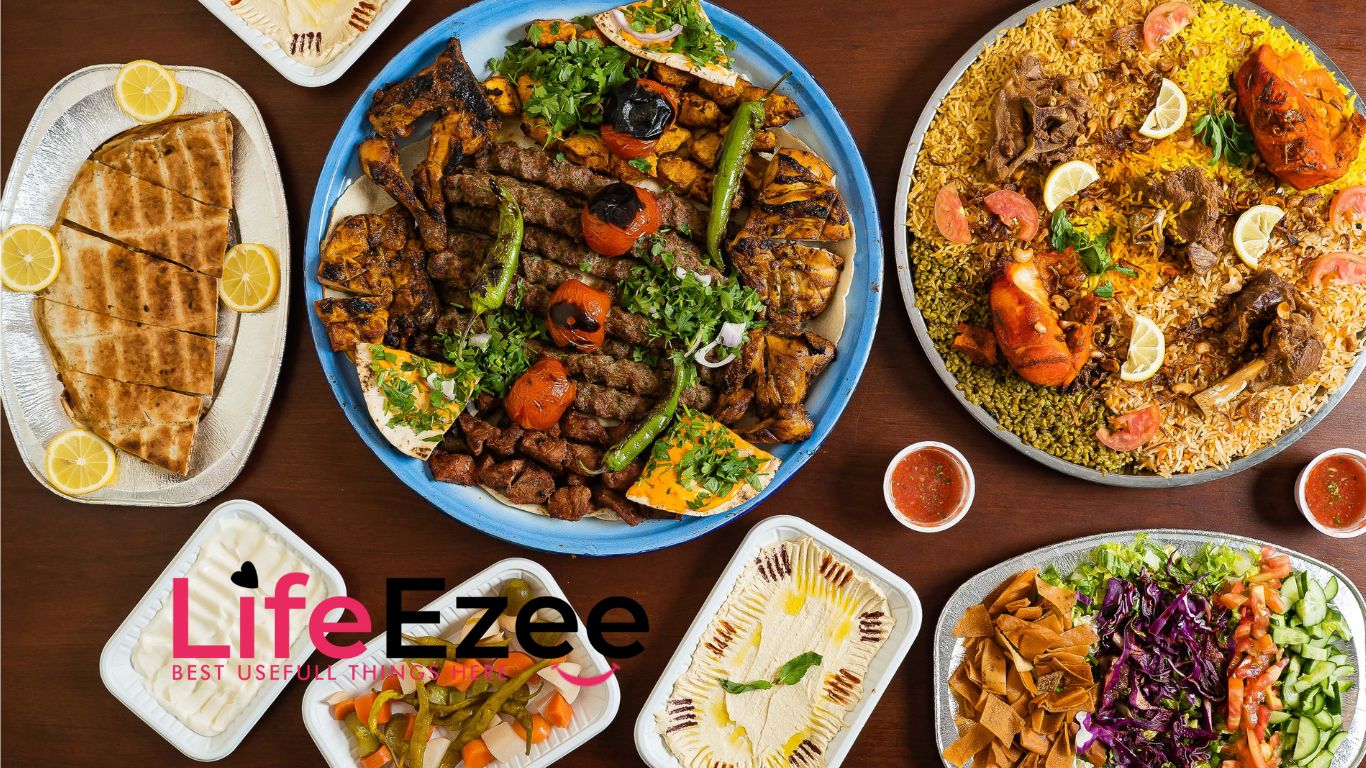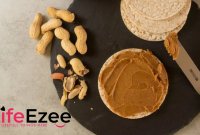Vitamin E is typically associated with skincare, but it surely does a lot past nourishing your skin and hair. Vitamin E meals provide the body with powerful antioxidants that aid in reducing inflammation and destroying free radicals to protect your cells against oxidative damage.
Moreover, since vitamin E additionally performs several roles in supporting the immune system and protecting towards ailments akin to coronary heart illness and most cancers, deficiencies could make you extra vulnerable to diseases, infections, and inflammatory conditions, as well as eyesight impairments and muscle weakness.
Since vitamin E is a fat-soluble nutrient, absorption will increase within the presence of dietary fat. Therefore, when consuming any meal high in vitamin E that isn’t oil or fats itself, it’s best to pair the vitamin E food with another meal that contains fat.
Fortunately, there are quite a few foods that contain at the very least some vitamin E. However, the best dietary sources of vitamin E are high in alpha-tocopherol, probably the most bioactive type of nutrient. To guarantee you may have the shiniest, full head of hair, supple and soft skin, and a formidable immune system, keep reading for a list of the foods highest in vitamin E.
How much vitamin E do you need?
The really helpful daily worth of vitamin E for individuals 14 years of age and older is 15 mg. You can generally get your daily dose of vitamin E through a balanced weight-reduction plan. Taking oral dietary supplements can be out there, however, you must exercise warning when taking nutritional supplements. Excessive vitamin E can create side effects.
Where can you get vitamin E from?
The food groups rich in vitamin E include fats such as canola oil and olive oil. You can get vitamin E from nuts and seeds such as almonds and peanuts. Meat, dairy, leafy greens, and fortified cereals are different nice sources of vitamin E.
1. Sunflower seeds
Sunflower seeds are a rich supply of minerals like iron, zinc, and selenium, an important mineral needed for a lot of enzymatic capabilities. They are additionally wealthy in vitamin E. A 1-ounce handful accommodates about 10 mg, which is two-thirds of the really helpful daily worth. Interestingly, although sunflower seeds are one of many richest sources of vitamin E, most different seeds solely include hint quantities.
2. Wheat germ oil
Wheat germ oil is made by urgent the germ portion of the entire wheat to extract oil. The nutty-tasting oil is stuffed with vitamin E, containing a whopping 20 mg per tablespoon, which is 133% of the daily worth. Consuming entire wheat, a nutrition-complex carbohydrate, can even offer you an honest dose of vitamin E, although diluted.
3. Prawns
Certain seafood supplies an honest quantity of Vitamin E. For example, a 3-ounce serving of prawns (about 12 prawns) supplies about 2 mg. Blue crab, shrimp, and crayfish additionally present about 12% of the daily worth, together with vitamins like magnesium, calcium, zinc, and vitamin B12, which are needed for power manufacturing and the conduction of nerve impulses.
4. Almonds
Although few seeds are particularly high in vitamin E, many nuts are exceptionally wealthy sources of this potent antioxidant. Almonds, for example, include practically 7 mg per ounce, which is nearly 50% of the really helpful daily allowance. They are additionally an important supply of magnesium, calcium, omega-3 fatty acids, and biotin. Other nuts are high in vitamin E embrace hazelnuts, pine nuts, and Brazil nuts. Nut oils, like almond oil and hazelnut oil, are additionally wealthy sources of vitamin E. For example, 1 tablespoon of hazelnut oil accommodates 6.4 mg (43% DV) of vitamin E.
5. Butternut squash
Butternut squash is a fall and winter favourite. The candy, creamy flesh is full of vitamin A and antioxidants like beta-carotene, which help eye health. With 1 cup of cooked butternut squash, you get an additional 2.6 mg of vitamin E. Pumpkin and candy potato include much less vitamin E however are additionally nutritious methods to work in the direction of assembly of your dietary necessities for this antioxidant.
6. Broccoli
It’s unlikely that you simply discover somebody who doesn’t imagine broccoli is a powerhouse on the subject of a nutritious superfood. This cruciferous veggie is full of iron, calcium, vitamin C, and prebiotic fibres, which feed the useful micro organism in your intestine. A cup of cooked broccoli also provides 2.3 mg of vitamin E, which is 15% of the daily worth. Like different fat-free sources of vitamin E, pair your broccoli intake with healthy fats to increase absorption.
7. Avocado
Avocados are loved for their luscious creaminess, high potassium content, and healthy fat. They are notably high within the heart-healthy monounsaturated fat attribute of the Mediterranean weight-reduction plan and are recognized to scale back the danger of heart problems. Avocados are additionally high in Vitamin E, with simply over 4 mg per avocado, which is about 28% of the really helpful daily consumption.
8. Olive oil
Many cooking oils can be high in vitamin E. Wheat germ oil tops the checklist. Still, hazelnut oil, almond oil, rice bran oil, grapeseed oil, and sunflower seed oil are all particularly wealthy sources, containing at the very least 35% of the daily worth per tablespoon. Olive oil is decreased, with about 2 mg per tablespoon (14%), however, as an extra widespread dietary part, it warrants a spot on this checklist. Since oils are fat by nature, the absorption of the vitamin E they include is sort of high.
9. Red pepper
Though oranges steal a lot of the thunder on the subject of vitamin C, crimson bell peppers are a way more concentrated supply of this immune-supportive vitamin. In reality, 1 cup of crimson pepper supplies 190 mg (212% RDI) of vitamin C, whereas 1 cup of orange slices has 96 mg. Moreover, one medium candy crimson pepper supplies practically 2 mg of vitamin E (14% DV).
10. Mango
In addition to avocados, there are several meals high in vitamin E. Mamey sapote, a fruit native to Mexico, is particularly wealthy, with about 25% of the daily worth per cup. Mangoes, kiwi, and blackberries are additionally high in vitamin E, offering roughly 10% of the daily worth per serving. Kiwi and blackberries are additionally distinctive sources of vitamin C, which reduces oxidative harm, helps fend off diseases, and cleans up mobile particles.
11. Spinach
Spinach might be best known for its high iron content. As one of the healthiest greens, it’s additionally a great supply of different important vitamins like protein, calcium, vitamin A, vitamin C, and vitamin E. A cup of cooked spinach supplies 25% of your daily wants for vitamin E. Since spinach doesn’t include fats, drizzle it along with your favourite oil or pair it with pine nuts or different nuts and seeds to assist the absorption of fat-soluble vitamin E. Other darkish, leafy greens like Swiss chard, beet greens, and turnip greens are respectable sources of vitamin E as well.
12. Trout
A 3-ounce filet of trout provides 3 mg of Vitamin E (14% DV). Abalone is even higher, with 3.4 mg (23% DV) in 3 ounces. Salmon isn’t far behind and is also one of the best sources of anti-inflammatory omega-3 fatty acids, vitamin D, potassium, and vitamin B12. Other fish high in vitamin E include canned tuna and swordfish.




